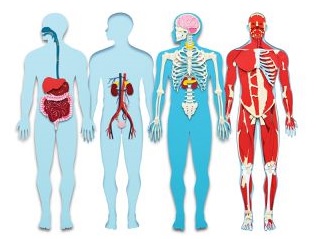WHAT IS NEUROFEEDBACK?
Part 3 - biofeedback

Bio is the abbreviation for biology, which according to the Oxford online dictionary, is “the study of living organisms”. According to the Oxford Online dictionary, feedback means “information about reaction of a product, a person’s performance of a task, or the modification or control of a process”. If we put this together, we can see that biofeedback is about studying organism’s performance, and modification thereof. Biofeedback works with your body and mind to condition the response to a more desirable outcome, using physiological behaviour awareness for example heartbeat or blood pressure.
If we use the previous example of transactional stimulus or conditioned stimulus, we see that in this case we observe the biological stimulus, if you see something frightful, you heart races, blood rises, this is the biological response. Perhaps you are feeling exceptionally stressed, through biological analysis the symptoms of stress can be, with knowledge better managed. However the cause of the stress will not be removed.
During biofeedback, sensors are attached to the body to measure functions such as heart, temperature and muscles. This is a way to learn more about your body and how it works. With better knowledge on how the body works, the therapist can advise ways for you to work with your body to change (condition) the functions. For example, a popular biofeedback method today is blood pressure monitors, where you can continually monitor your blood pressure, if your blood pressure rises, you are showed how to relax, breath, focus, and this brings your blood pressure down. By bringing awareness to body reactions, you condition yourself to better handle situations which effect your blood pressure. An interesting point to add here, is that this is bringing your awareness to the here and now. Often times we are so busy out there, we do not take notice of what is happening in the here and now. Biofeedback, forces you to be more aware, and then conditions for the future.
In a therapy session, you will discuss what bought you here with the therapist, then you will be connected to the bio measures to measure your responses. The therapist will go through a sequence of analysis suited to your needs to determine what is happening as the body reacts to various stimuli. The therapist informs you to what they find, and offer you responses on how to handle the stimulus, thus leading to awareness and mentally responding to and altering the reaction.
Another example is anxiety, using awareness of the physiological behaviours of anxiety, and then mental awareness on how to manage it, the thoughts, bodily reactions, giving you a way to effectively handle the anxiety and then move forward.
However, although this works with the biology behind a condition, it may not always work with the underlying cause.
Next we will look at neurofeedback.
Go Back